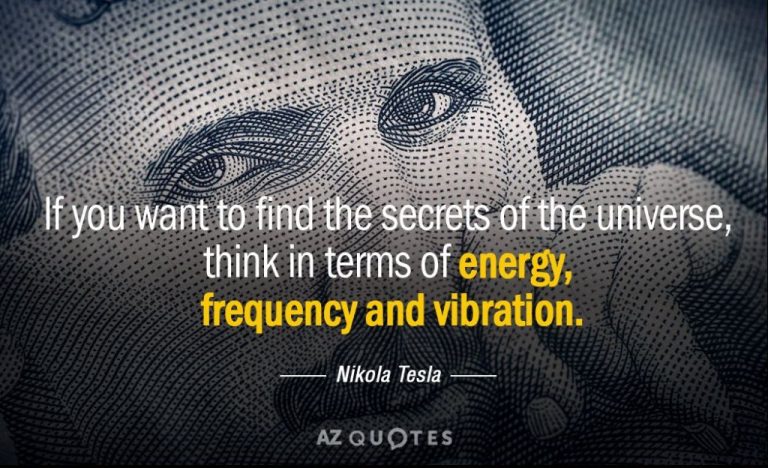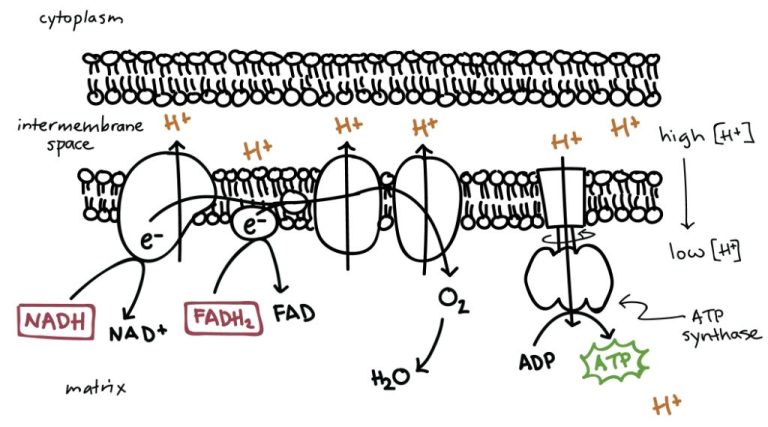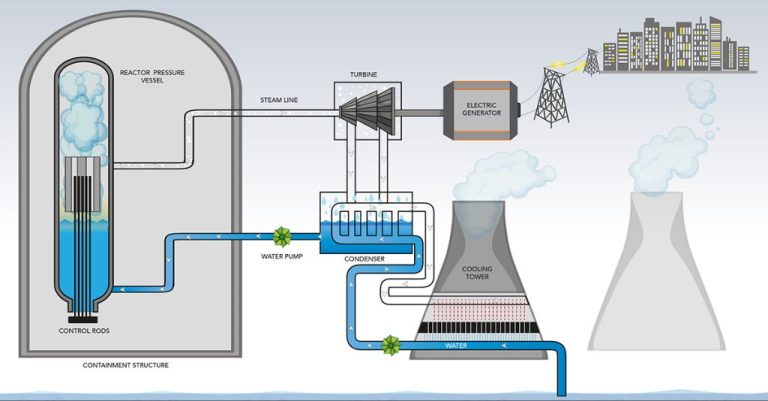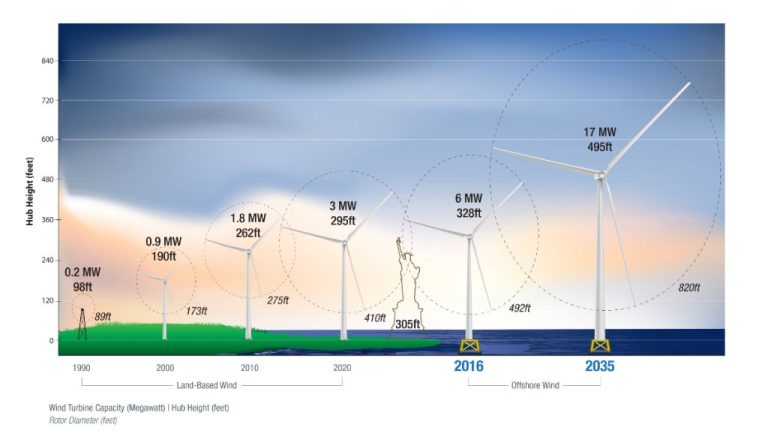What Is Electrical Power And Energy Systems?
Electricity is the set of physical phenomena associated with the presence and motion of matter that has a property of electric charge. Electricity is related to magnetism, both being part of the phenomenon of electromagnetism. Electric power systems are the generation, transmission, distribution and control of electric power and electricity. Modern society is highly dependent on electric power and electricity to operate and function properly. Electricity powers homes, businesses, hospitals, schools, manufacturing, public infrastructure and much more. Without a reliable electric power system, modern life as we know it would not be possible.
Electrical power systems involve generating electricity at power stations or plants, typically using renewable sources like hydropower, wind and solar or non-renewable sources like coal, natural gas or nuclear energy. The electricity is then stepped up to high voltages so it can be efficiently transmitted long distances on transmission lines with minimal power losses. Nearer to end users, the electricity is stepped down to distribution voltages via substations and distributed locally on distribution lines to homes, businesses and other customers. Sophisticated automation, control, monitoring and protection systems at power plants and throughout the grid ensure the safe, efficient and reliable delivery of electric power.
Electricity has become an essential energy source that powers and enables modern societies. Reliable and affordable electric power allows businesses to operate equipment and machinery, homeowners to have lighting, heating/cooling, appliances and electronic devices, hospitals to run lifesaving medical equipment, computing centers and communications networks to function, and more. The many applications and convenience provided by electric power systems mean that access to electricity is now considered a basic human need and right. Developing sustainable and equitable worldwide access to electricity will continue to be an important challenge in the 21st century.
History of Electricity
The understanding of electricity began in ancient times with observations of static electricity and lightning. The ancient Greeks noticed that amber rubbed with fur would attract lightweight objects. They called this attraction effect “electra”, giving rise to the modern term electricity. In the 1600s, scientists like William Gilbert and Otto von Guericke conducted early experiments with magnetism and static electricity.
In the 1700s, Benjamin Franklin demonstrated a connection between lightning and static electricity using his famous kite experiment. Other key discoveries were Alessandro Volta’s invention of the battery in 1800 and Michael Faraday’s work on electromagnetic induction in the 1820s. Faraday was the first to realize electricity could be converted to motion and vice versa.
The 19th century saw major advances in harnessing electricity. In 1879, Thomas Edison invented a commercially viable light bulb. Nikola Tesla promoted the use of alternating current (AC) for electric power transmission over longer distances instead of direct current (DC). Electrical grids were built to distribute electricity to homes and businesses.
The 20th century saw widespread electrification and utilization of electricity to power appliances, machinery, transportation, telecommunications, computing, and more. Today, electricity generation, transmission, and use underpin modern society.
How Electricity is Generated
Electricity is generated through various methods that convert other forms of energy into electrical power. The most common electricity generation methods include:
Thermal Power Plants
Thermal power plants use heat energy to produce electricity. They burn fossil fuels like coal, oil or natural gas to heat water, produce steam and turn turbines. Thermal plants provide most of the world’s electricity, but have major drawbacks like air pollution and greenhouse gas emissions.
Hydroelectric Plants
Hydroelectric plants convert the kinetic energy of flowing water into electricity via turbines. They offer renewable and emission-free energy, but require dams that disrupt ecosystems and rivers. Hydro provides about 16% of the world’s electricity.
Nuclear Power Plants
Nuclear plants use the thermal energy released from nuclear fission reactions to heat water, produce steam and drive turbine generators. Nuclear offers reliable baseload power with minimal emissions, but poses concerns over radiation risks and radioactive waste.
Renewable Sources
Renewable energy comes from natural sources like sunlight, wind, tides and geothermal heat. Major renewable electricity sources include solar photovoltaics, wind turbines, hydroelectricity and geothermal plants. Renewables are clean but dependent on weather conditions.
Transmission and Distribution
Electricity is generated at power plants using various energy sources like coal, natural gas, nuclear, hydroelectric, solar, or wind. The electricity is then stepped up to very high voltages (345,000 to 765,000 volts) by transformers located at the power plants. This allows the electricity to be transmitted long distances over transmission lines with minimal power losses.
The transmission system or grid is a network of high voltage transmission lines that interconnect power plants and substations. The grid allows multiple power plants to transmit electricity over long distances to populated load centers. The three major interconnected transmission grids in the United States are the Western Interconnection, the Eastern Interconnection, and the Electric Reliability Council of Texas (ERCOT).
As the transmission lines approach cities and towns, step-down substations use transformers to reduce the voltage (138,000 or 230,000 volts) for distribution on lower voltage lines. The distribution system carries electricity to homes, businesses, and industrial facilities. Distribution lines may be overhead or underground, and voltages range from 4,160 volts to 33,000 volts.
Expanding and upgrading the transmission and distribution infrastructure is critical to meet increasing electricity demand and improve reliability. New high voltage transmission lines and substations are built to reduce congestion and connect new power generation. Distribution systems are also upgraded with new lines, poles, transformers, and smart grid technology.
Storage and Control Systems
Electricity demand fluctuates throughout the day and year, so utilities use various storage methods to have sufficient supply to meet peak demand. Pumped hydroelectric storage is one of the main large-scale storage methods. This involves pumping water uphill into a reservoir when electricity demand is low so it can flow downhill through turbines to generate extra electricity during peak demand. Other storage methods include compressed air energy storage, flywheels, and batteries.
Utilities also use electrical control and protection systems to ensure reliable power delivery. These include equipment like transformers, circuit breakers, and relays. Transformers step voltage up or down for efficient transmission and distribution. Circuit breakers and fuses interrupt faulty currents to prevent damage. Relays sense system conditions and send signals to open or close circuit breakers as needed. Control systems like SCADA (Supervisory Control and Data Acquisition) monitor grid status and help operators adjust and optimize the system.
As renewable energy grows, storage solutions to accommodate intermittent supply from wind/solar will become increasingly important. New smart grid technologies will also enable more sophisticated control and optimization of the grid.
Electric Power Calculations
Electrical power calculations involve using basic formulas relating voltage, current, resistance, and power. An understanding of these key concepts and relationships is essential for electrical engineers and anyone working with electrical systems.
Definitions
Voltage (V) is the electrical potential difference between two points in a circuit, measured in volts. It represents the “push” driving current flow.
Current (I) is the rate of electrical charge flow through a conductor, measured in amperes. It represents the amount of electrons moving through a circuit.
Resistance (R) is the opposition to current flow in a circuit component or material, measured in ohms. Resistors limit current.
Power (P) is the rate of electrical energy transferred by a circuit, measured in watts. Power represents the “work” done by electric current.
Key Formulas
Ohm’s Law defines the relationship between voltage, current, and resistance:
V = I x R
Joule’s Law defines power in terms of current and resistance:
P = I2 x R
Power can also be calculated from voltage and current:
P = V x I
Example Calculations
If a circuit has a voltage of 120 V and a current of 2 A, the power can be calculated as:
P = V x I
P = 120 V x 2 A
P = 240 W
If a device has a power rating of 1,200 W at 120 V, the current can be calculated as:
P = V x I
1,200 W = 120 V x I
I = 1,200 W / 120 V
I = 10 A
AC vs DC Power
Alternating current (AC) and direct current (DC) are the two types of electrical power used for transmission and distribution. They have different properties and uses.
AC power alternates direction of current flow, while DC maintains unidirectional flow. Most power plants generate AC because it has advantages in voltage changing and transmission over long distances.
With AC, voltage can be increased or decreased easily using a transformer. Higher voltage means lower current for the same power, which reduces I2R losses in wires during transmission. AC can also be transmitted hundreds of miles with minimal power loss.
DC cannot use transformers and is best for short distance transmission. However, DC is advantageous for electronics and digital devices which operate on DC internally. Converting between AC and DC causes some power loss.
AC generates, transmits, and uses power more efficiently overall. But DC excels when steady, unidirectional flow is needed. AC provides the backbone of the electric grid, while DC connects the last mile to electronics.
Both AC and DC have a role in electrical systems. AC provides bulk system power, while DC serves specialty applications. Ongoing advances in power electronics are making DC more competitive in certain areas as well.
Power Quality
Power quality refers to maintaining a stable and reliable flow of electrical power within acceptable voltage and frequency tolerances. Good power quality ensures efficient operation of equipment and avoids damage to sensitive electronics from power disturbances. With the proliferation of digital devices and microprocessor-controlled equipment, maintaining power quality has become increasingly important.
There are several common power quality issues that can disrupt operations and cause equipment malfunctions. Voltage sags and momentary interruptions can occur due to faults on the grid or from large loads being switched on. Transient surges can be generated by lightning strikes or switching operations. Harmonic distortions from non-linear loads can create interference and heating effects in equipment. Voltage fluctuations from fluctuating loads can cause flicker effects.
To mitigate power quality issues, solutions such as power conditioning equipment, transient voltage surge suppressors, isolation transformers, and backup power systems are used. Utilities also regulate voltage levels and can install capacitors and filters to reduce harmonics. Monitoring power quality helps detect issues and can identify the sources of disturbances. As more sensitive electronics and microgrid systems are adopted, maintaining excellent power quality will be imperative for reliable electric service.
Smart Grids
A smart grid is an electrical grid that uses digital communications technology to detect and react to local changes in usage. This allows the smart grid to efficiently deliver electricity and provide two-way communication between utility providers and consumers. The main benefits of smart grids include improved reliability, efficiency, and integration of renewable energy sources.
Smart grids work by installing sensors, monitoring devices, advanced meters, and digital communications technologies across the electricity distribution system. This allows the utility provider to track energy consumption in real-time, identify issues rapidly, and reroute power as needed to avoid blackouts and match supply with demand. The two-way communication enables consumers to better manage their energy use and providers to optimize the grid.
The development of smart grid technology has grown significantly in recent years. Many countries have started modernizing their electrical grids to make them “smarter”. In the United States, over 70 million smart meters had been installed by 2014. The global smart grid market is projected to grow from $70 billion in 2019 to over $172 billion by 2024. As renewable energy increases and electricity demand rises, smart grids will be crucial for maintaining reliable and efficient power systems. Though upgrading to smart grids requires large upfront investments, the long-term benefits of improved grid resilience and integration of renewables make them a key part of the future electrical infrastructure.
Future of Electrical Power
The future of electrical power systems looks bright as new technologies emerge and challenges are overcome. Some key trends shaping the future landscape include:
Renewable Energy Growth
Renewable sources like solar, wind and hydro power are rapidly expanding their share of electricity generation. With costs falling and storage solutions improving, renewables will likely dominate future capacity growth.
Distributed Generation
Rather than few large power plants, future systems will include more distributed energy resources like rooftop solar, community microgrids and battery storage. This allows greater localization and resilience.
Smart Grids and AMI
Sophisticated control systems, smart meters and advanced analytics will enable greater visibility and optimization of power flows. This supports demand management and integration of variable renewables.
Electric Vehicles
As electric vehicles proliferate, power demand will increase but smart charging can avoid excessive peaks. EVs may even provide grid storage and stabilization via vehicle-to-grid integration.
Challenges Ahead
Key challenges include updating aging infrastructure, ensuring cybersecurity, integrating more renewables, and maintaining reliability and resiliency. However, new technologies also provide solutions.
Opportunities
The transition underway enables a more decentralized, clean and intelligent grid. With thoughtful policies and investments, the future grid can be made more affordable, sustainable and robust for all.






